Understanding melanoma: The signs, symptoms and risk factors
June 16, 2021
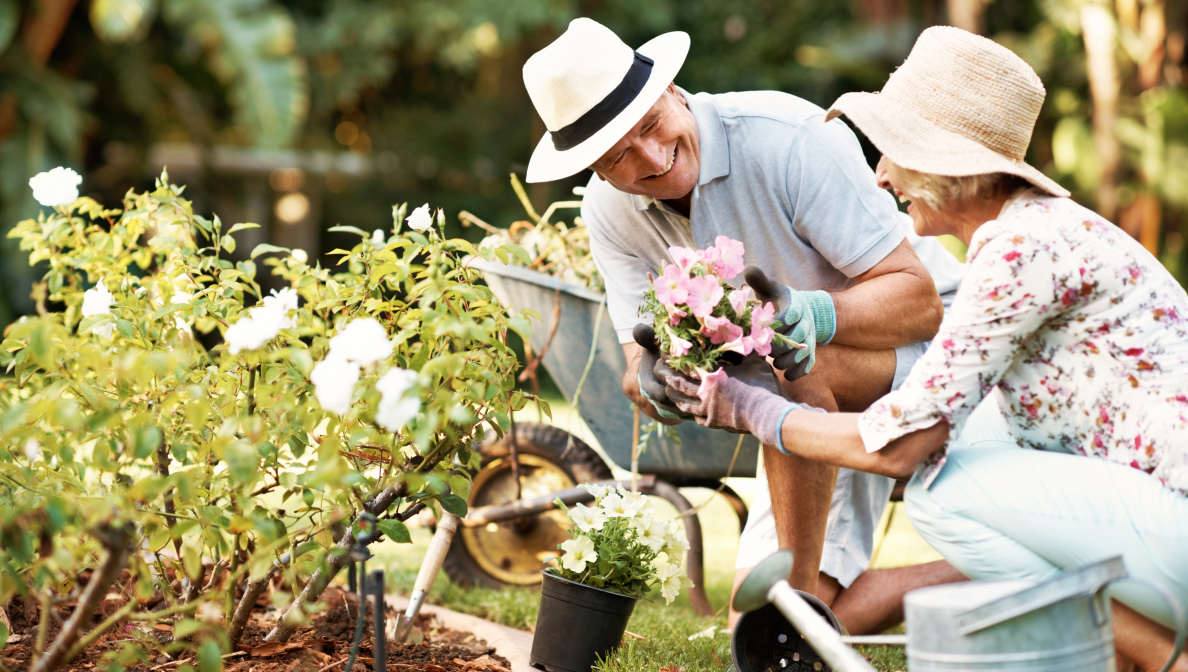
What is melanoma?
Melanoma is the most serious form of skin cancer. Characterised by the uncontrolled growth of pigment-producing cells, melanoma accounts for approximately 2% of new cancer cases worldwide.
Melanomas can occur anywhere on the skin, including areas without sun exposure, but they are more likely to start in certain locations.
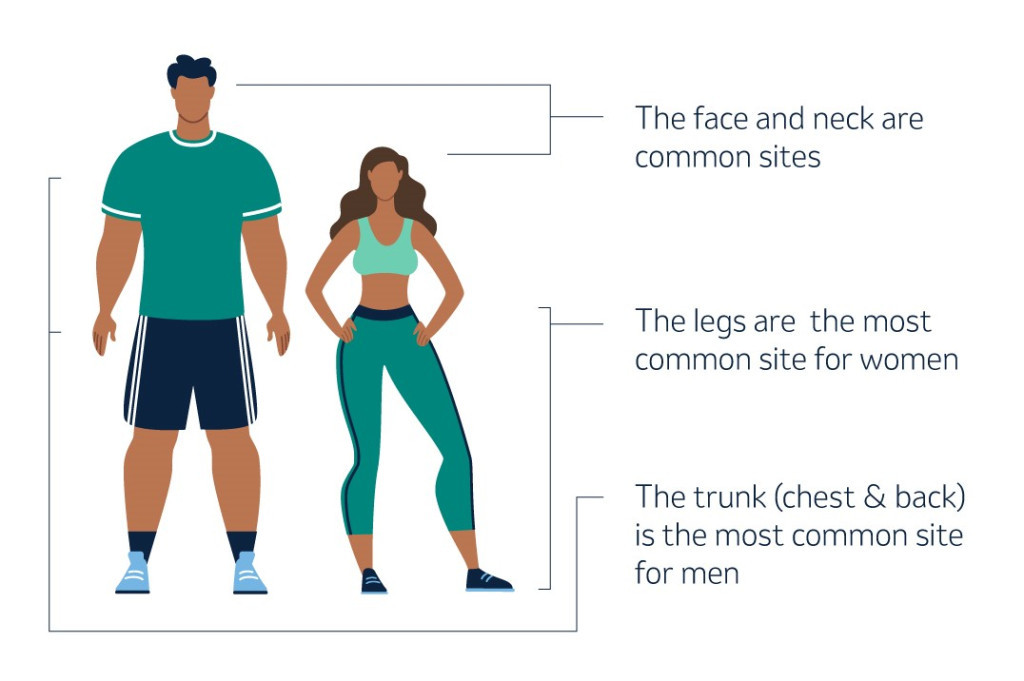
The average age of diagnosis is 65, but melanoma is not uncommon among people younger than 30. In fact, it’s one of the most common cancers in young adults — especially young women.
Rates have been rising for 30 years

new melanoma cases worldwide
Signs and symptoms
A new spot on the skin or one that changes in size, shape or color, or one that looks different — is an important warning sign of melanoma and should be checked by a doctor. The ABCDE rule outlines the characteristics of moles that may be melanomas and is helpful guidance for monitoring skin changes:
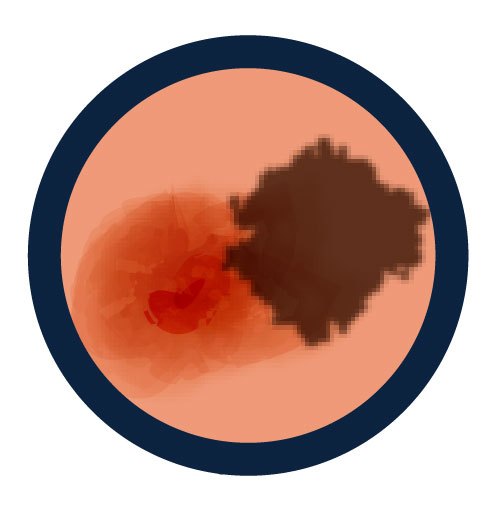
A is for Asymmetry
One half of a mole or birthmark does not match the other.
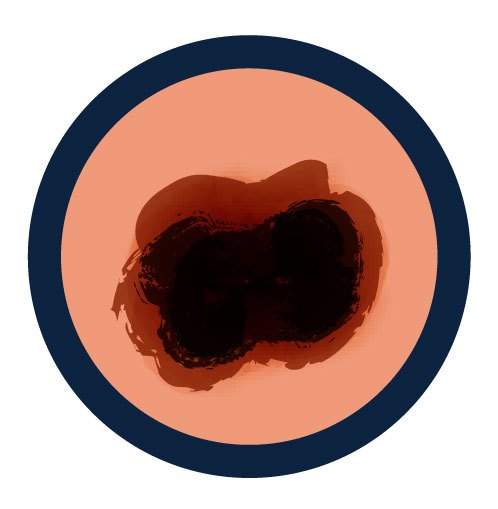
B is for Border
The edges are irregular, ragged, notched or blurred.
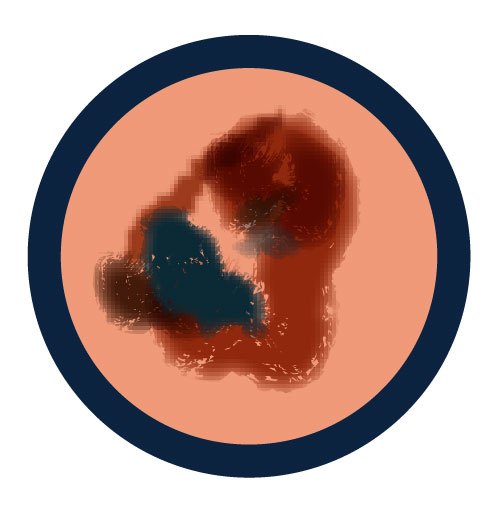
C is for Color
The color is not the same all over and may include different shades of brown or black, or sometimes with patches of pink, red, white, or blue.
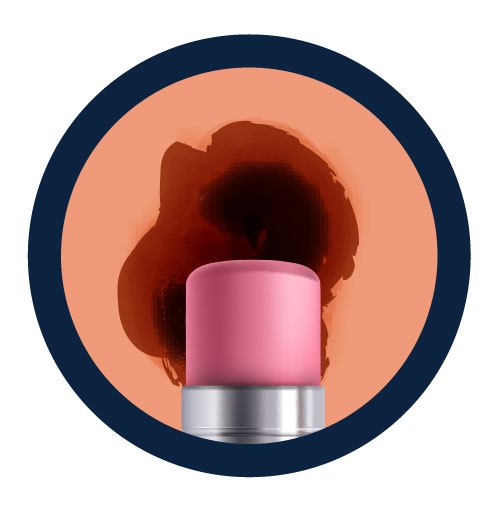
D is for Diameter
The spot is more than 6 millimeters across (about 1/4 inch – the size of a pencil eraser), although melanomas can sometimes be smaller than this.
E is for Evolving
The mole is changing in size, shape, or color.

Any of these warning signs should be discussed with a doctor, especially if you feel you are at risk for melanoma.
Risk factors
- Ultraviolet (UV) light exposure
- Moles
- Fair skin, freckles and light hair
- Family history
- Personal history of having melanoma or other skin cancers
- Having a weakened immune system
- Being older
- Being male
- Xeroderma pigmentosum (a rare skin condition that affects the skin’s ability to repair DNA damage)
Ways to lower risk
Melanoma can’t be entirely prevented, but there are ways to lower risk. The number one way to lower risk is to protect against UV rays, which damage the DNA of skin cells and impact the genes that control skin cell growth. The top source of UV rays is the sun. That’s why it’s important to practice sun safety every time you go outside, even on cloudy days when UV rays can still shine through. Here are a few ways to protect yourself:


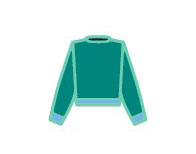
Seek shade
UV exposure is greatest between the hours of 10 a.m. and 4 p.m. If you need to be outside during these hours, seek shade – under a tree, an umbrella or an awning.
Wear a hat
Try to find a hat with a wide brim – at least 2 or 3 inches wide – to protect your face, top of the head, ears and neck.
Cover up
Choose clothing with a tight knit or weave, and avoid shirts that you can see through. Remember, if light is getting through, then UV rays are too.
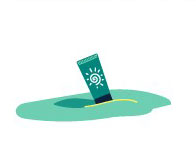

Use sunscreen
Use a water-resistant, broad spectrum sunscreen that has an SPF of at least 30, and has the AS/NZ 2604 standard on the label.
Wear sunglasses
Protect your eyes and the sensitive skin around them. Pick a pair that will block as close to 100 percent of both UVA and UVB rays as possible.
References:
Summa Health: Skin Cancer 2020 Available at: https://www.summahealth.org/medicalservices/cancer/cancer-care/skin-cancer Accessed on 17/03/2021
American Cancer Society: What is melanoma skin cancer? Available at: https://www.cancer.org Accessed on 17/03/2021
International Agency for Research on Cancer: Melanoma of skin Fact Sheet. Global Cancer Observatory. Available at: https://gco.iarc.fr/today/data/factsheets/cancers/16-Melanoma-of-skin-fact-sheet.pdf Accessed on 8/03/2021
American Cancer Society: Key statistics for melanoma skin cancer. Available at: https://www.cancer.org Accessed on 17/03/21
American Cancer Society: Risk factors for melanoma skin cancer. Available at: https://www.cancer.org Accessed on 17/03/21
American Cancer Society: Signs and symptoms of melanoma skin cancer. Available at: https://www.cancer.org Accessed on 17/03/21
American Cancer Society: Can melanoma skin cancer be prevented?. Available at: https://www.cancer.org Accessed on 17/03/21
American Cancer Society: How do I protect myself from ultraviolet (UV) rays? Available at: https://www.cancer.org Accessed on 17/03/21
Cancer Society New Zealand: SunSmart https://www.cancer.org.nz Accessed on 26/10/21
TAPS NA 13280 NZ-NON-00208 Last Updated October 2023